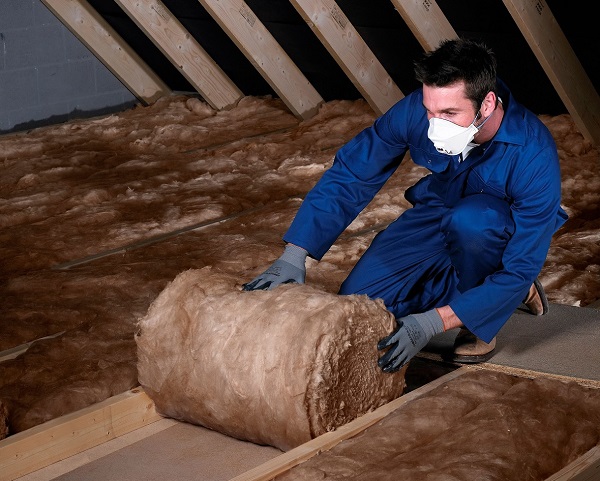Loft Insulation Buying Guide
Reading time: 3 minutes
What is the best insulation?
We’re always looking for ways to save money and reduce our energy bills. Investing in good insulation is a quick and easy way to help do this.
Around 25% of heat is lost through the roof, so topping up or replacing old insulation is a cost-effective way to help reduce wasted energy.
Replacing loft insulation is a relatively quick and easy job that you can usually do yourself, with the exception of blown insulation - this is more of a professional installation, due to the equipment required.
With planning, preparation, and knowing which insulation is which, you’ll have the best start to improving your home’s energy efficiency and reducing your bills!
We start by outlining different roof insulation types, so you can better choose what is suitable for your home improvements.

Insulation: the different types
There are various types of loft insulation for you to choose from, and depending on the size and shape of your loft space, the choice of insulation could be dictated by this and how you plan on using the area.
This is the most common, and usually the cheapest, type of attic insulation that comes in rolls or batts. It’s available in different materials, to include: mineral fibre (stone/rock), fibreglass, plastic fibre, and natural fibre, such as cotton and wool. You can also find reflective foil-backed options too.
A light-weight insulation made from small particles of material, such as minerals, cellulose and foam. This type of insulation is good for filling around obstructions or irregular joists, although not ideal in draughty areas, because of the loose granules.
These ridgid boards, also known as PIR insulation boards, are easy to install - saving you valuable time and effort. Although a little more expensive than the batt loft insulation, sheet insulation is highly effective and can be covered with plasterboard and decorated - ideal for loft conversions.
-
Blown-fibre insulation
This type of insulation requires professional installation, and is installed by mechanically blowing loose material in between joists. This is a more expensive insulation type, and would be less suited to draughty loft spaces, due to the loose nature of the material, but will easily get into all of the nooks and crannies you might not ordinarily be able to reach.
What is the minimum depth for loft insulation?
The current regulations state that a minimum depth of 270mm is required to adequately insulate your loft space.
Do you need planning permission to insulate a loft?
You shouldn’t need planning permission to fit insulation if you won’t be making any changes to the external appearance. Although, if you live in a conservation area or if your property is listed, it is advised that you consult your local planning authority for guidance.
For free independent and impartial advice on cutting your fuel bills, and reducing your carbon emissions, visit the Energy Saving Trust.
Disclaimer: The information contained on this page is intended as an overall introduction and is not intended as specific advice from a qualified professional. Travis Perkins aims to avoid, but accepts no liability, in the case that any information stated is out of date.
Always refer to the manufacturer's guidance for installation instructions and product maintenance.





